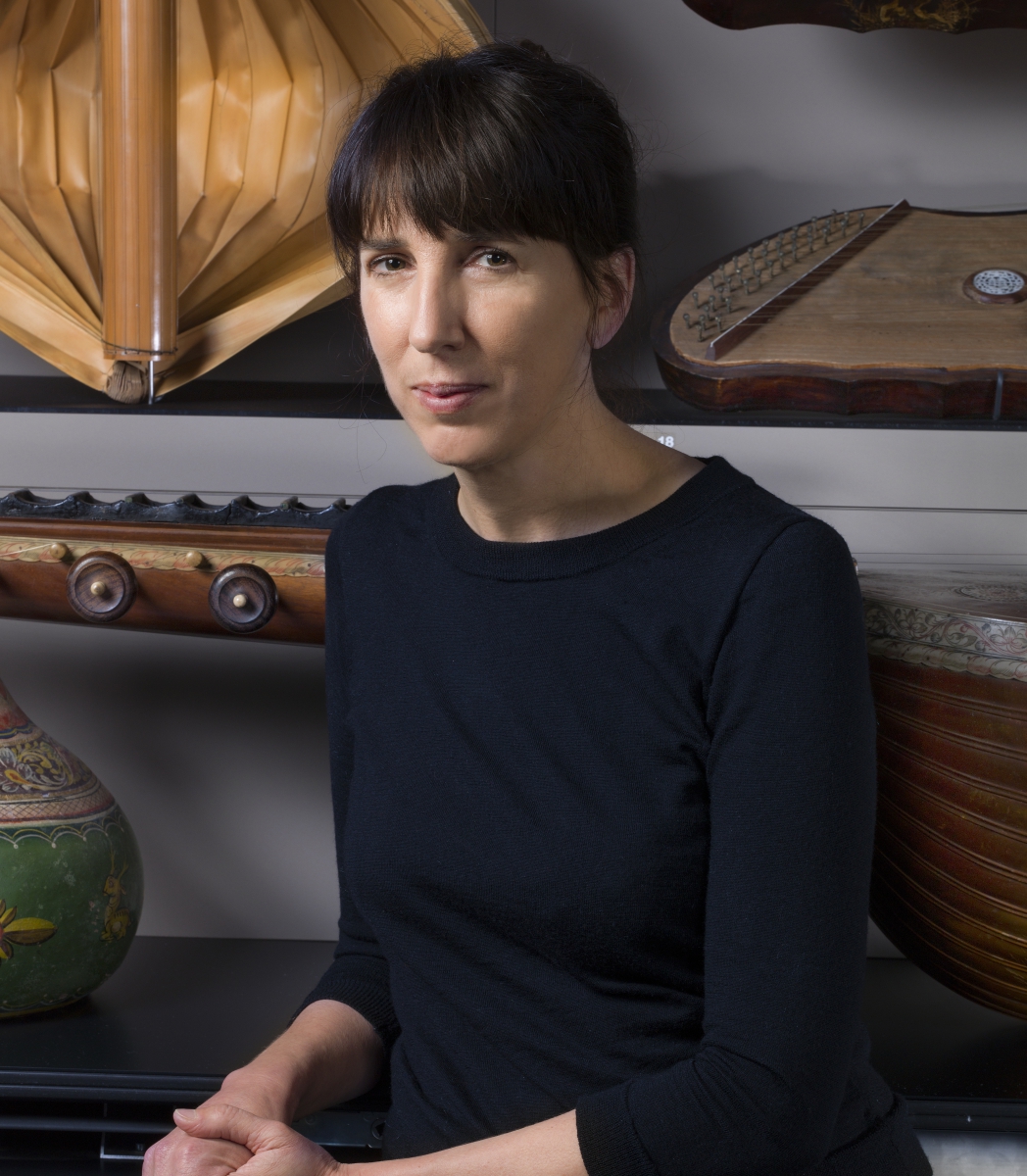Musée d’ethnographie de Genève
The Department of Ethnomusicology of the MEG maintains two complementary collections: musical instruments and the AIMP.
Founded in 1944 by the famous Romanian musicologist Constantin Brailoiu, the AIMP represents about 18,000 phonograms of all types (wax cylinders, 78rpm, LP, magnetic tapes, CDs, numeric files). The collection is fully digitized and described in a database.
In addition to being presented in the public permanent exhibition spaces of the MEG (multimedia installation Sound Chamber, etc.), the sound archives are on open- access at the MEG Musical Loundge.
The MEG's mission is to conduct research on this fund, to ensure its conservation and management, to increase it through acquisitions and more specifically of unreleased sound recordings recorded in the field. Thus, the MEG acquired three prestigious funds in 2017 and 2018: Samuel Baud-Bovy Fund (100 hours of Greek popular music recorde between 1954-1980), Paul Mattar Fund (80 hours of traditional music of the Gulf Region - Qatar, Bahrain, Kuwait – recorded in the 70s), Bernard Mondet Fund (80 hours of West African music recorded in the 70s).
Developing projects : publication in the MEG-AIMP label ; making available to researchers and students; presentation of archives in museographic projects; opening the archives to artists and composers for projects of contemporary creations ; various mediation activities such as playlist and musical audition.
Conservation measures was formulated by Isabel Garcia Gomez, in charge of the conservation / conservation unit at MEG and trained at INA, and Madeleine Leclair, curator in charge of AIMP.
The phonograms are already preserved in the air-conditioned reserves of the MEG: an isolated room with constant climate, with air conditioning provided with air filters. Temperature is maintained at 14 ° C and humidity at 44%. The temperature logger is a data logger connected to a control program.
Sound archives and creation
Description of the project / practice / program
The AIMP housed at the MEG represent 18,000 hours of musical traditions from the five continents.
A project based on the principle of re-interpretation, creation and transformation have been inaugurated in 2014 to highlight this important ICH collection.
The project is to create new musical compositions based on sound archives. It involved to identified a precise "musical parameters" (rhythmic organization, scales, vocal technique, timbres, etc.), then bring together recordings of musical traditions from different regions using the musical parameter selected, and to propose to a composer to use them as material for an original creation. Ten creations were already produced and are on open-access at the Musical Loundgeof the MEG.
This project makes it possible to approach in a concrete and pragmatic way the museum’s mission concerning : ethic (points of view of peoples concerned by the recordings, of the researcher ; responsibility and authority of the museum institution, etc.), legislation (ownership of recordings, music "without authors", "neighboring" rights, etc.) and philosophy (intention of creators, creative appropriation; "capture" as a way of setting intangible content, etc.).
How were practitioners of intangible cultural heritage involved?
The project Amazonia. Sound Stories, presented in the temporary exhibition Amazon. The shaman and the thought of the forest(MEG: May 2016-January 2017) and for which I was the scientific and editorial curator, was a spatial sound installation diffused on twenty-four speakers distributed in the exhibition space . A stereo version was published in the MEG-AIMP collection in 2016.
The Sound Storiesare a series of thirteen original musical pieces highlight the importance of auditory perception in the Amazon, each resulting from a montage associating different sources all recorded in situ by three generations of researchers in different locations in Amazonia (sounds of the environment, different sounds emitted by animals and men, music and other sound manifestations of rituals).
Due to obvious geographic distance constraints, the source communities could only be indirectly involved in this project, via two ethnomusicologist researchers who provided the link between the source communities and the museum teams.
Since then, various initiatives involving students of the Master of Ethnomusicology have been conducted: interviews with traditional musicians from Finland, Bahrain, Russia and Alaska who were passing through Geneva, to present the sound archives and make interviews about musical compositions made from archives. The ultimate goal is to try to involve from the beginning personalities from the source communities and composers, whether the composers are themselves from the same community or not.
Restitution projects of sound archives with the source communities are under discussion.
CV of the author

Madeleine Leclair has been working for more than twenty years as an ethnomusicologist. She was part of the team of curators in charge of collections held in ethnographic museums (Musée de l'Homme in Paris from 1996 to 2000; Musée du quai Branly-Jacques Chirac from 2000 to 2012; Musée d’ethnographie de Genève since 2012). Her main motivation is to develop and propose exhibition projects with ICH collections, and more particularly on music - an important and universal form of artistic expression and a privileged gateway to approach in a sensitive and profound way the culture of the Other. In 2012, Leclair succeeded Laurent Aubert as editorial and artistic director of the prestigious discography collection published on the label MEG-AIMP / VDE-Gallo - 115 CDs released until today. She has been recruited by the Department of Art History and Musicology at the University of Geneva in 2016 as senior lecturer (Chargée d’enseignement) for the new Master of Art in Ethnomusicology.
LESSONS LEARNT
- Set up a "ground-breaking legal work" to identify in detail the history of the ICH funds that a museum is responsible for;
- Invite source communities to express their recommendations, views and wishes regarding the dissemination and use of ICH funds;
- Invite source communities to propose projects for the dissemination and use of their own ICH heritage.
Practical
When
25 February 2019 from 14:09 to 14:09
Where
Subscriptions
It is no longer possible to subscribe to this bestpractice. Reports and videos will be published after the bestpractice.